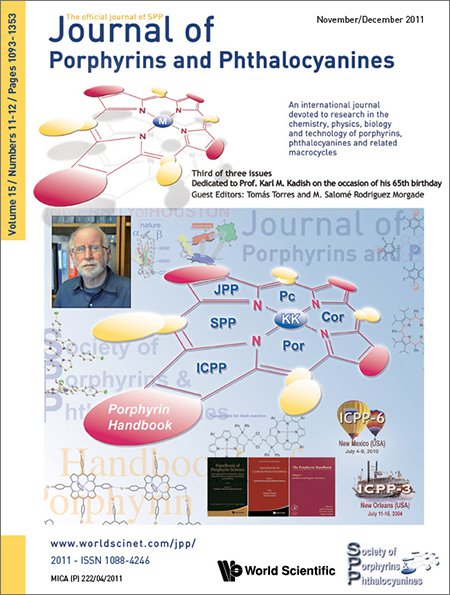Substituent effects on metallocorrole spectra: insights from chromium-oxo and molybdenum-oxo triarylcorroles
Abstract
The Soret maxima of a number of metallotriarylcorroles shift sensitively in response to varying substituents on the meso-aryl groups. The effect is most pronounced for copper corroles but is not seen for silver and gold corroles. In the copper case, the effect has been attributed to a small HOMO–LUMO gap. Chromium-oxo corroles share a small HOMO–LUMO gap with copper corroles, as well as a substantially metal-based LUMO, yet the Soret maxima of chromium-oxo triarylcorroles do not shift in response to substitution on the meso-aryl groups. Molybdenum-oxo corroles are substituent-insensitive in the same sense. TDDFT calculations, focusing on chromium-oxo and molybednum-oxo triarylcorroles, are reported here in an attempt to explain the divergent spectroscopic behavior of different metallocorrole families.

Dedicated to Professor Karl M. Kadish on the occasion of his 65th birthday
Handbook of Porphyrin Science now available in 46 volumes


